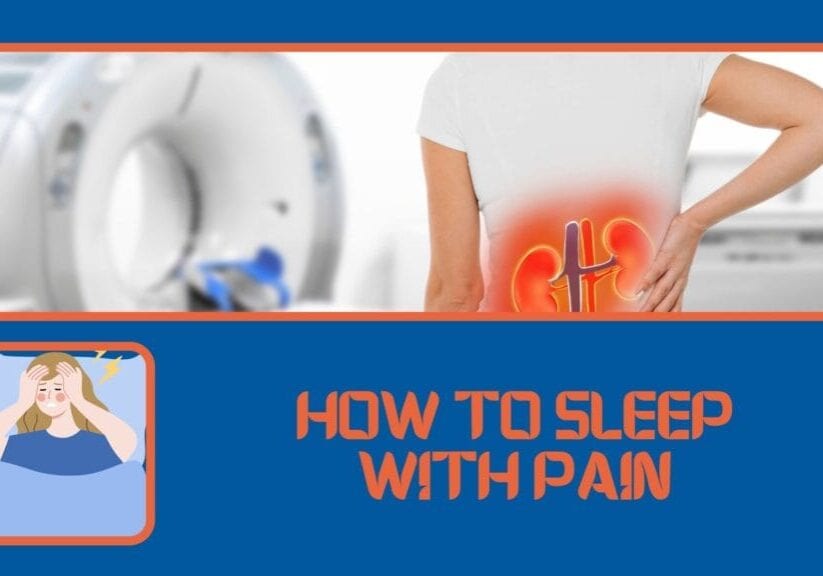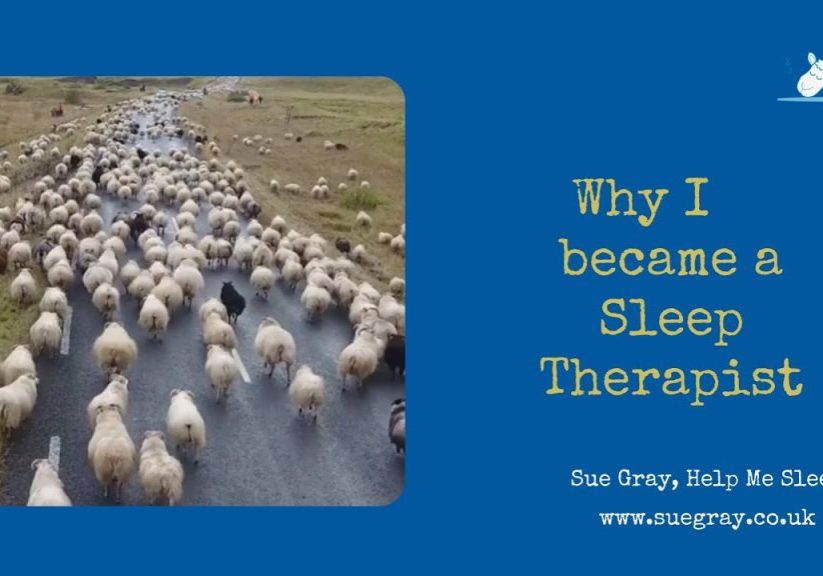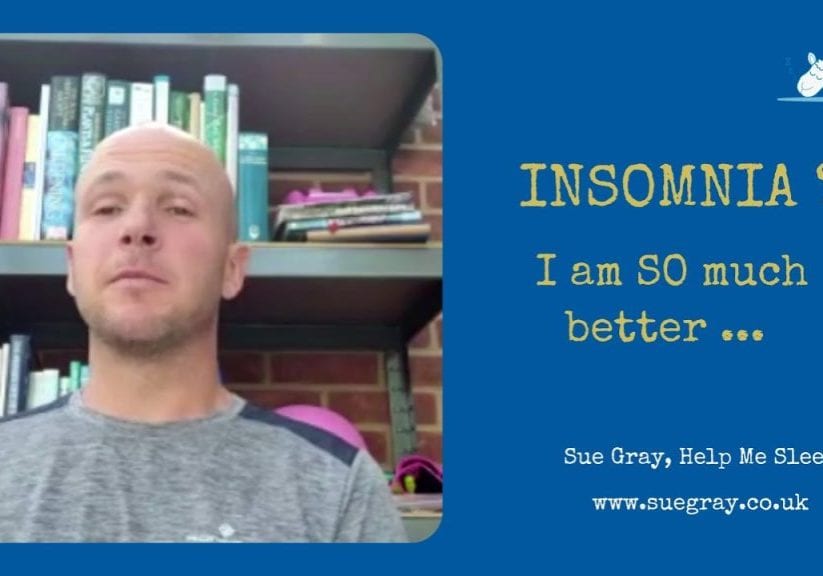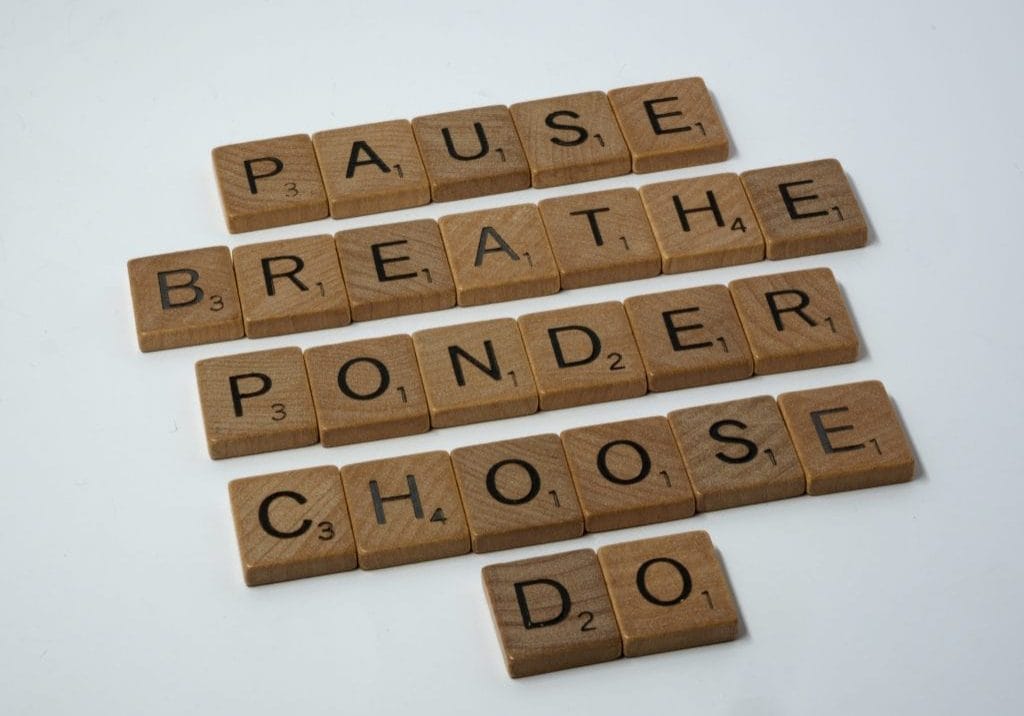If you ever have problems sleeping or waking in the morning, breathing techniques are invaluable.
These breathing techniques can rapidly either energise or calm your mind and body.
The wonderful thing about Breathing Techniques is that they take minutes, you can do them in virtually any position, anywhere, any time, they are very effective – and they are FREE! When we feel exhausted, anxious or in pain, our muscles tense and we breathe shallowly from the chest, usually through our mouth. Small, rapid breaths can cause pins and needles, chest pain, dizziness, blurred vision and can even cause us to hyperventilate. This type of breathing also disrupts the balance of oxygen and carbon dioxide, which are essential to the smooth running of our bodies. Improving your breathing can help you improve your overall health. You can pick one and focus on that for a while or take our Breathing for Sleep Challenge choose one a day for a week.
Technique 1 – Conscious Breathing
Always breathe in and out through your nose.
Breathe softly, gently, slowly, silently and rhythmically.
- Stop breathing through your mouth – Breathing through your mouth has been getting an increasingly bad press recently. When you inhale through your mouth, the air hits the back of the throat at speed, creating turbulence and snoring. Your lungs get ‘raw’ air – cold, dry and full of particles. It can irritate and inflame the airways. This switches on your Survival / Fight and Flight mode.
- Start Breathing through your Nose – Inhale and exhale through your nose. When you inhale through your nose, the air is slowed into a gentle flow as it passes over the curve of the soft palate. To sleep with your mouth closed, some people use Mouth Tape to tape their mouth shut at night, or a chin strap to close the mouth.
On the in-breath, the air is cleansed and prepared for the lungs like a fine wine. On the outbreath, the nose is reheated and moisturised.
- Allow your diaphragm to expand – As you inhale allow your diaphragm to expand in all directions. Make sure your diaphragm, not your chest, is your primary breathing muscle. The opposite is chest breathing, which is shallow breathing and can cause headaches and pain in the back, neck and shoulders.
- Breathe slowly – Time your breathing. Try to slow your breathing rate to between 6-12 breaths per minute. We usually breathe much faster, which results reduces our oxygen intake and causes stress.
- Small, little gentle breaths are much more calming and relaxing. It also helps your body to effectively process the air. Large, fast breathes can give the body too much oxygen and too little carbon dioxide.
- Instructions – Breathe in for 3, exhale for 3 and hold for 3
- Breathe Quietly – Sniffs, snores, sighs and other noises put stress on our bodies.
- Breathe Rhythmically – Get into a gentle rhythm, in and out, slowly, gently and silently – always through your nose.
- Check your posture – Sit and stand erect, with a straight back. Put your awareness on your body. If you slump over, your breathing will be fast and shallow.
- Keep checking back in with your body and notice how are you breathing when you are doing different activities.
- Watch for pauses in your breathing – Many people stop breathing when they are concentrating. Like a daytime sleep apnoea, their breathing is uneven and bumpy as an old car on its last legs.
Consider using Anders Olsson – Conscious Breathing’s Relaxator to help you regulate and improve your breathing.
Correct breathing improves circulation and ensures the most efficient exchange of oxygen and carbon dioxide with the minimum amount of effort. Focus on keeping your mouth shut and breathing through your nose throughout the day – even when exercising.
Technique 2 – Alternate Nostril Breathing
Alternate Nostril Breathing or Nadi Shodhana is an ancient, simple, powerful technique to reset your nervous system, de-stress and relax. It’s a great way to hit the reset button and just needs a few minutes to practise to calm the mind, bring us back into balance, improve focus and de-stress.
You use your thumb and index fingers on your right hand to gently close your nostrils – first left then right.
- With your thumb close your right nostril
- Breath in and then out through your left nostril
- Then switch
- Close your left nostril with your index finger
- Breathe in and out through your right nostril
Just do this breathing technique twelve or fifteen times. You can do this sitting or lying down.
There are detailed instructions for Alternate Nostril Breathing on YouTube and other websites. I particularly like this one by Deepak Chopra.
Technique 3 – Left Nostril breathing
A variation is to breathe in through one nostril and out through the other. You can do this sitting, standing or lying down. Only do this for about 15 repetitions.
To calm your system and help with sleep, pain and reverse that – breathe in through your LEFT nostril, by gently closing your right nostril with your pointer finger, and then out through the right. This directs energy and oxygen flow to the right hemisphere of your brain and switches on your Parasympathetic Nervous System.
Just do this breathing technique twelve or fifteen times. You can do this sitting or lying down.
Technique 4 – Right Nostril breathing
For alertness and energy, breathe in through the right nostril and out through the left. You can do this sitting, standing or lying down. Only do this for about 15 repetitions. Do not use it soon after left nostril breathing.
To feel more energised and alert, breath in through your right nostril, by gently closing your left nostril with your pointer finger, and then out through the left. It directs energy and oxygen flow to the left hemisphere of your brain.
Just do this breathing technique twelve or fifteen times. You can do this sitting or lying down.
Technique 5 – Belly Breathing
Yoga classes often use this breathing technique at the beginning and end of classes. It relaxes and the body and mind and brings gentle awareness into the body.
- Sit or lie down with your back straight
- Your eyes can be open or shut
- Your mouth should stay closed right through the practice
- Allow your hands to rest in your lap or by your side, with the palms facing up.
- Inhale deeply, slowly, and gently through the nose and allow the diaphragm to expand. Imagine a balloon inflating.
- Allow your diaphragm to fall, gently exhaling through the nose, just like a balloon.
You could combine with this Savasana (or Corpse) Pose.
Experiment with lying flat on the floor or bed, with no pillow, as in Savasana Pose below, as you use this breathing technique.
Savasana Pose is hugely relaxing and grounding. Beta brain waves decrease, and the parasympathetic nervous system switches on. Your whole being benefits – mind and body and soul.
- Lie on your back
- Press into the elbows to lift your back slightly
- Bring your shoulder blade back and down
- Drop your shoulders away from the ears.
- Now extend your arms out next to and away from the body with the palms facing up.
- Extend the legs out and away from each other, allowing the feet to drop out to the side.
- Rest there, practising your breathing, for as long as you wish. You can bring your arms to your sides and close your legs when you want to.
- Allow your body to relax and soften and your mind to calm.
Technique 6 – Diaphragmatic Breathing
The London Pain Clinic say that Diaphragmatic Breathing has an extremely therapeutic effect on chronic pain. When you experience pain, your muscles tense and you breathe from the chest. Diaphragmatic breathing relaxes the muscles, deepens and slows your breath, and balances oxygen and carbon dioxide. Breathing slowly and deeply also promotes relaxation, reduces anxiety levels and so aid sleep.
These are the London Pain Clinic’s Instructions for Diaphragmatic Breathing.
- Sit or lie down.
- Put one hand on your upper chest and the other below your rib cage.
- Breathe in, all the way down to your stomach, keeping your chest still, but letting your diaphragm expand
- Tighten your stomach muscles, letting them fall inward as push the air out through pursed lips.
Deep breathing is a part of many traditional relaxation procedures and can by itself calm the mind and body.
To start, use Diaphragmatic Breathing for 5-10 minutes, 3-4 times a day. For more information go to https://www.londonpainclinic.com/alternative-therapy/diaphragmatic-breathing-and-chronic-pain-2/
Technique 7 – 4-7-8 Breathing – a natural tranquiliser for the nervous system
I have used this technique by Dr Andrew Weil for more years than I care to remember and rediscovered it when I was looking for breathing techniques to help Chronic Fatigue, ME and Fibromyalgia. I use it at home, when walking, shopping – every time I remembered. It is very effective for getting you off to sleep at night.
I have done this exercise lying down, waking or sitting. Dr Weil recommends sitting with your back straight – at least when you learn it. The more often you do it, the more effective it will become. I recommend doing it at least twice a day and when any upset occurs or you have a spare minute – eg on your commute. It can make you a bit light headed when start off, so don’t do it while you are driving, operating machinery or standing on the edge of the platform. Keep it up for a month and notice the difference.
I have reproduced Dr Weil’s instructions in full here, for 4-7-8 breathing as they are quite detailed, but once you have done it a few times, :
Place the tip of your tongue against the ridge of tissue just behind your upper front teeth and keep it there through the entire exercise. You will be exhaling through your mouth around your tongue; try pursing your lips slightly if this seems awkward.
- Exhale completely through your mouth, making a whoosh sound.
- Close your mouth and inhale quietly through your nose to a mental count of four.
- Hold your breath for a count of seven.
- Exhale completely through your mouth, making a whoosh sound to a count of eight.
- This is one breath. Now inhale again and repeat the cycle three more times for a total of four breaths.
Do not do more than four breaths at one time for the first month of practice. Later, if you wish, you can extend it to eight breaths.
Always inhale quietly through your nose and exhale audibly through your mouth. The tip of your tongue stays in position the whole time. Exhalation takes twice as long as inhalation.
It is the 4-7-8 ratio that is important, not the time it takes. So if you have trouble holding your breath, just speed up the exercise, but keeping the 4-7-9 ratio. As you get more practiced, you can slow it down.
If you feel a little lightheaded when you first breathe this way, do not be concerned; it will pass.
Here is a video demonstration of the 4-7-8 technique by Dr Andrew Weil. https://www.drweil.com/videos-features/videos/breathing-exercises-4-7-8-breath/
Technique 7 – Mindfulness of Breathing
I learnt Mindfulness of Breathing at a Buddhist Centre in East London many years ago and it was my ‘go to’ meditation for years, along with the beautiful Loving Kindness, that teaches you to let go and forgive. It is a meditation so you normally do this sitting down with a straight back. But I also used it on the Tube, whether or not I managed to get a seat.
With your spine straight, gently close your eyes and take a few breaths. Don’t try and control or change your breathing – just notice it. After a minute or two:
Breathe in, breathe out, count 1
Breathe in, breathe out, count 2
Breathe in, breathe out, count 3
Breathe in, breathe out, count 4
Breathe in, breathe out, count 5
Then start over again.
Do this for 5 – 20 minutes as a mediation practice, twice a day.
When I learned it, we were told to count to 10, but I find 5 is easier to start off with. When you realise you are at breath 14 or have been off thinking, just start again. When you get more experienced, you can add a second stage where you count before each inhale, instead of after the exhale, and then the third stage is to drop the counting and just focus on the breath. You can also increase your count from 5 to 10 as your concentration improves.
If you would like to find out more about how can improve your sleep and energy, call Sue on 07792 447331, to set up a free initial phone consultation.










